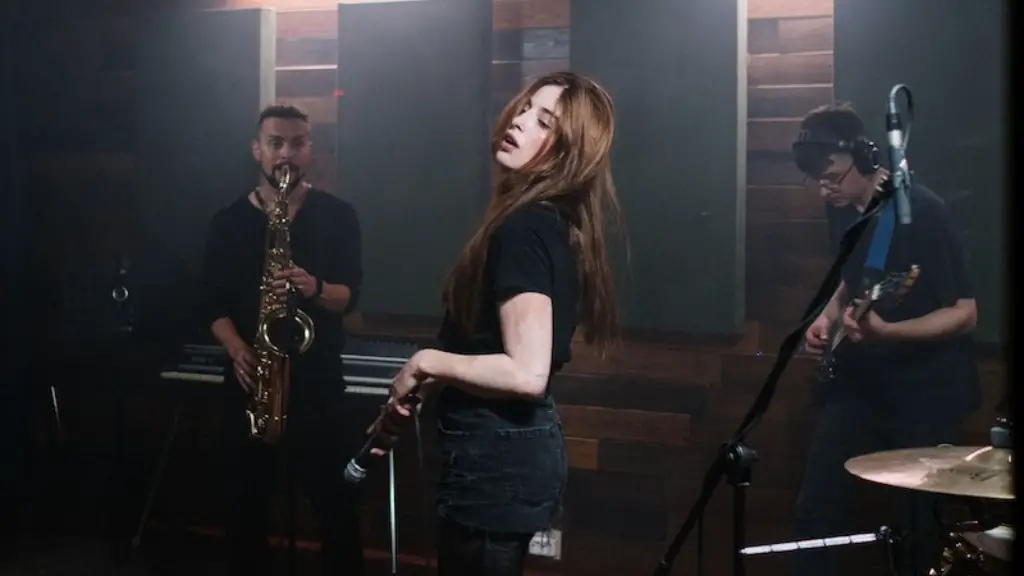Look Underwater to Draw Swimmers
Have you ever dreamed of like a dolphin, gracefully gliding along the ocean? Taking a look at the motion of a swimmer underwater can help you capture this alluring beauty and bring it to life with your pencil. Drawing a swimmer is a great way to express your creativity and sharpen your observation skills. Here’s how to draw a swimmer, no matter what your skill level.
Sketch an Outline
The first step in drawing a swimmer is to sketch an outline of the figure. Start with a rough outline in pencil so you can erase any mistakes as you work. Place the body and arms in a swimming motion. To add realism, draw the figure in motion, with the arms and legs bent in the way a swimmer would move. Ensure the arms appear tighter around the shoulder area, while the legs should be more compressed.
Add Details
When the basic outline is complete, add contour lines to refine the figure’s shape and posture. Erase any overlapping lines and further define the features of the body. Draw in the face and limbs, paying attention to the texture and wrinkles of the swimmer’s suit. You could also add details like goggles and swimming caps to give the figure even more life.
Draw the Water
The water around a swimmer effects the shape and design of the final figure. Before adding color to the piece, draw the water around the swimmer. Draw swirls and other details with your pencil to give the swimmer a sense of motion in their environment. Add in air bubbles or foam to give the overall piece an authentic feel.
Color it Up
It’s time to give the drawing some color! Use light blue and green ink to illustrate the various layers of the water around the swimmer. Tone down the colors towards the deeper depths of the ocean. Give the swimmer’s body a golden hue to represent the reflections of light on its surface. Use depth of the colors and their transition to create a realistic effect.
Refine & Reassess
Now that the swimmer is done, it’s time to assess it. Step back from your work and look for mistakes or areas of improvement. Ask yourself if the swimmer looks realistic, if the water is expressive enough, and if the colors convey the right message. Keep tweaking the details to your satisfaction until it looks just the way you wanted.
Don’t Rush it
Drawing a swimmer takes time and patience. Every stroke of the pencil should be done with thought and consideration. After all, capturing the beauty, grace and power of the underwater swimmer requires the artist to be in complete control of their piece.
Add Shading
Use light and medium shade to add texture to the swimmer’s body and clothing. The light reflections in the water should be captured as well, so use shadows and highlights to bring life to the composition. Take your time and blend the colors until they look just right.
Focus on the Finishing Touches
Sharpening the details of the swimmer is the key to making the overall piece look polished. Refine the lines and facial features of the figure and illustrate any minor details, like the hair flowing out from under the cap. The finishing touches will give the swimmer a sense of realism and bring your drawing to life.
Play with Proportions
Experimenting with different proportions can help you develop a unique style. You can draw the swimmer at different angles and perspectives to give it a 3-dimensional aspect. This will also help you build confidence in your artistic skills.
Understand Movement
The success of drawing a realistic swimmer depends on how accurately you portray their motion in the water. Take a good look at the movements of a swimmer in water and emulate them as best you can in your drawing. The swimmer should look in control, confident and powerful.
Create a Reflection
Water reflections can help you bring depth and effects to your piece. Add the reflection of the swimmer off the surface of the water and some ripples to express the movement of their aquatic form. This will create the illusion that the figure is real and give the viewer an immersive experience.


